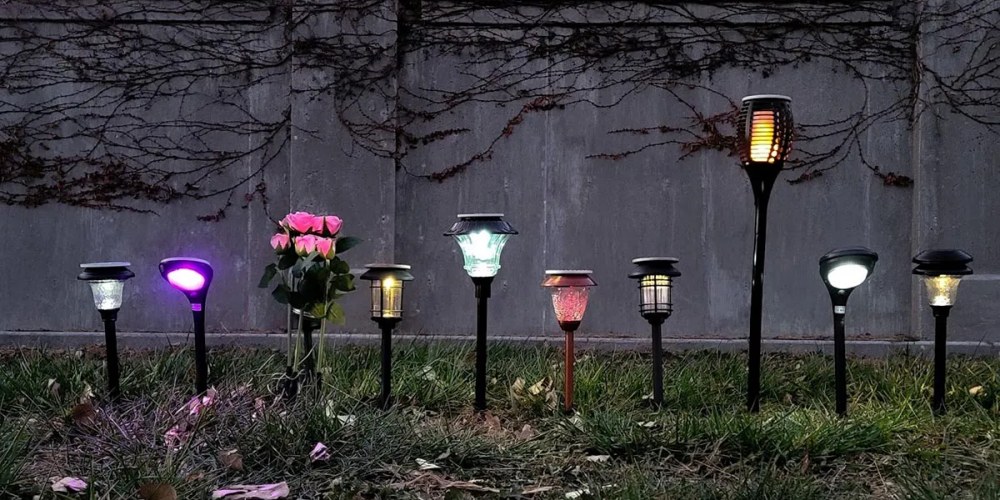what are you looking for?
Solar path lights are a popular choice for outdoor illumination due to their sustainability and low maintenance requirements. They harness the power of the sun during the day and provide a soft glow at night, enhancing both the aesthetics and safety of your garden or walkway. However, like any outdoor lighting solution, the solar path lamp can sometimes encounter issues.
One of the most common issues with solar pathway lights is related to the battery. If your lights are not turning on or staying on for very long, the battery might be depleted or faulty. To troubleshoot, first, check if the lights have been exposed to enough sunlight to charge the battery fully. If they have, try removing the battery and inspecting it for any visible damage. If the battery is swollen or leaking, it needs to be replaced. Additionally, consider the age of the battery; like any rechargeable battery, they have a limited lifespan and may need to be replaced after a few years.
Dim or flickering lights can be a sign of a problem with the solar panel or the LED light itself. Start by cleaning the solar panel to ensure it is free form dirt or debris that might be blocking sunlight. If the panel is clean and the light is still dim, inspect the LED for any signs of damage. LED lights are generally long-lasting, but they can fail over time. If the LED is the issue, replacing it with a new one should resolve the problem.

The effectiveness of solar powered path lights can be greatly influenced by their placement. If your lights are not performing as expected, consider whether they are positioned in an area that receives direct sunlight for a significant portion of the day. Trees, buildings, or other obstructions can cast shadows and reduce the amount of solar energy the panel can absorb. Adjusting the position of the lights to s sunnier spot can often resolve issues related to insufficient charging.
Solar path lights are designed to withstand various weather conditions, but extreme temperatures and heavy rainfall can sometimes cause issues. Check for any signs of water ingress, which could lead to short circuits. Ensure that the lights are sealed properly, and if you notice any damage to the seals, this should be addressed to prevent further water damage. Also, be aware that very cold temperatures can affect battery performance, so during winter months, it might be necessary to move the lights to a warmer location if possible.

Xiamen SLD Technology Co., Ltd
 Chengyi North Street, Software Park 3, Jimei District, Xiamen Fujian, China
Chengyi North Street, Software Park 3, Jimei District, Xiamen Fujian, China +86 188 5929 8629
+86 188 5929 8629 sales@solarlightsdo.com
sales@solarlightsdo.com Blog | Sitemap | XML | Privacy Policy
Blog | Sitemap | XML | Privacy Policy

